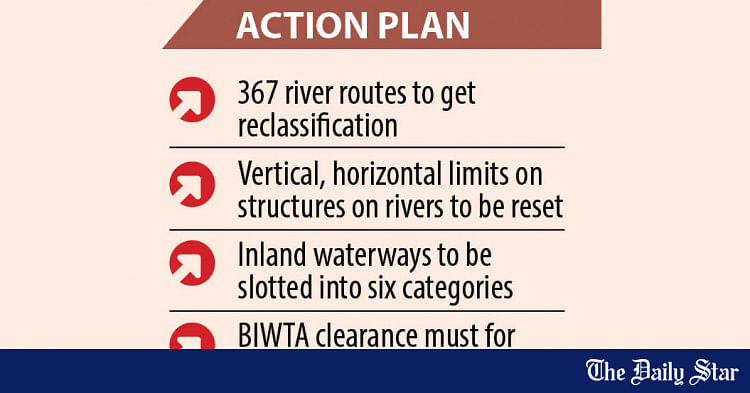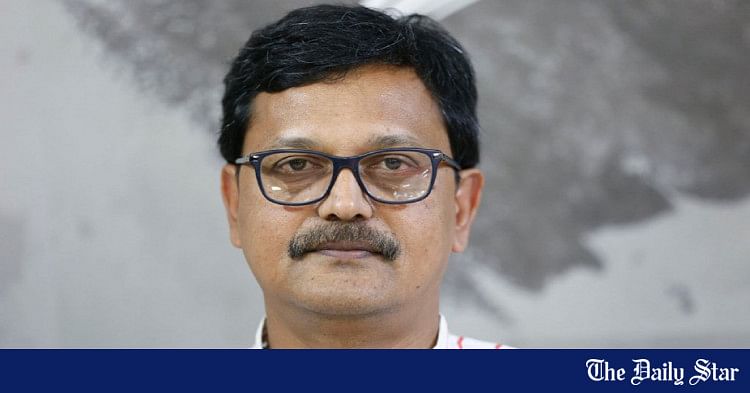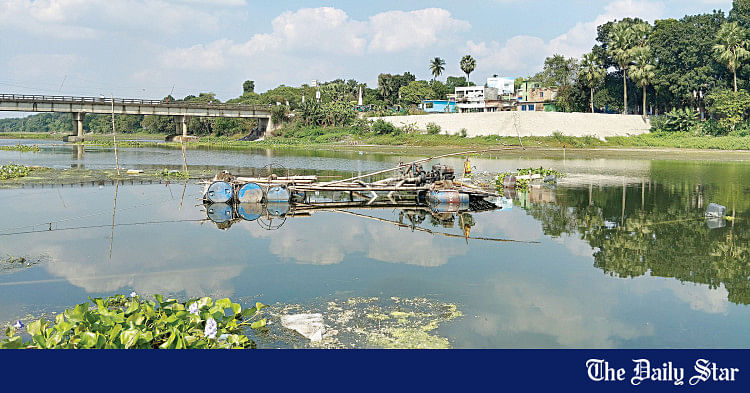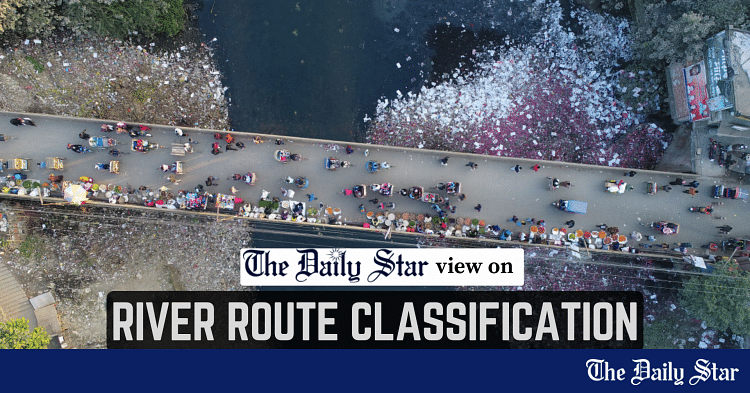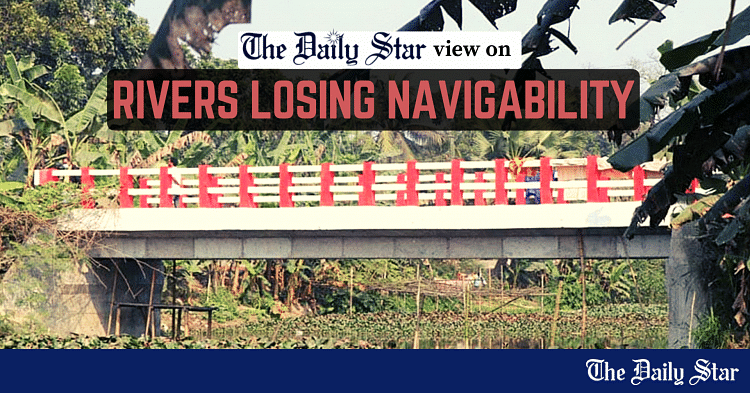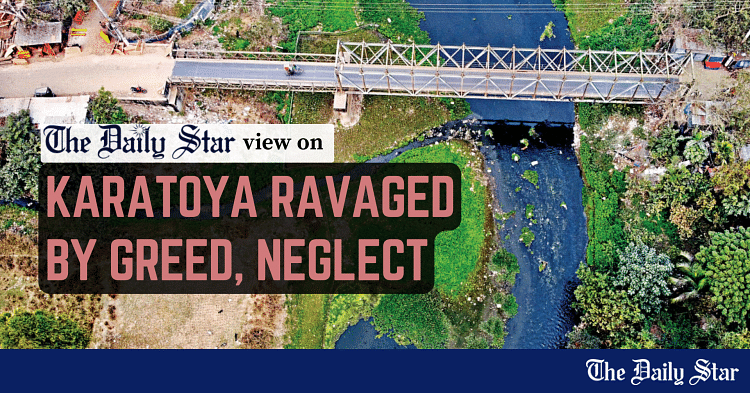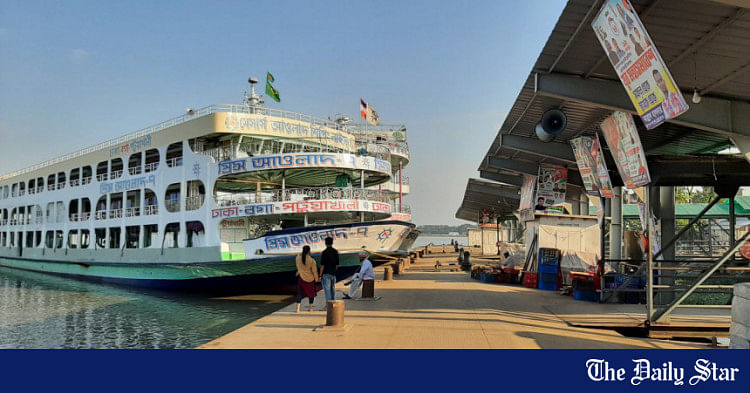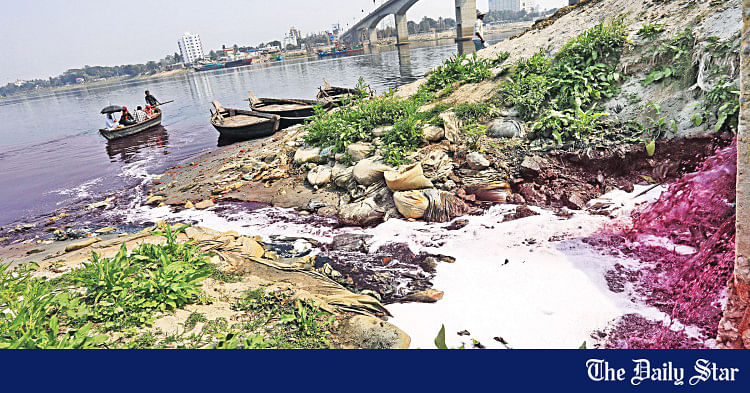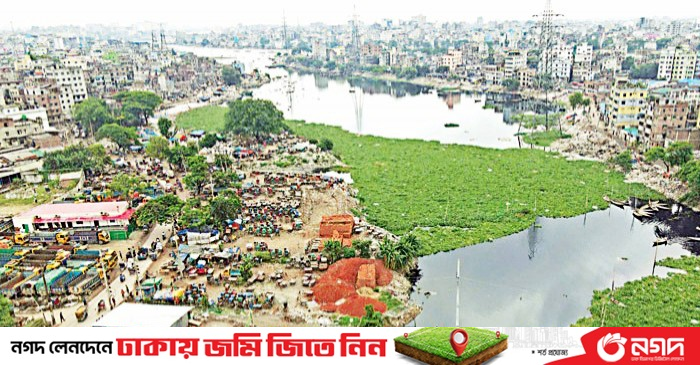- 3,031
- 1,501
- Copy to clipboard
- Moderator
- #1
Newly-formed shipping cell starts allocating vessels
The Inland Vessel Owners Association of Chittagong withdrew its membership from the Water Transport Cell and launched a new shipping cell on Tuesday

File photo: Collected
The Inland Vessel Owners Association of Chittagong, after breaking away from the Water Transport Cell, has begun allocating lighter vessels separately.
The Inland Vessel Owners Association of Chittagong withdrew its membership from the Water Transport Cell and launched a new shipping cell on Tuesday.
Amidst the contention, both organisations assure that the transportation of goods by inland water route will not be hindered, despite the separate allocation of lighter vessels.
In 2003, the Bangladesh Cargo Vessel Owners' Association, Coastal Ship Owners Association of Bangladesh, and the Inland Vessel Owners Association of Chittagong jointly established the Water Transport Cell. The organisation, responsible for allocating lighter vessels based on demand, continues to allocate 30 to 65 vessels per day for 34 sea routes. The Inland Vessel Owners Association of Chittagong says it adheres to the same rules for vessel allocation.
The transportation fees vary based on routes and distance, ranging from Tk583 per tonne from Chattogram port to Dhaka and Narayanganj, to fixed fares on other routes, such as Tk580 per tonne on the Barishal route and Tk1220 per tonne on the Chatak route.
Nurul Haque, convener of Water Transport Cell and general secretary of the Bangladesh Cargo Vessel Owners Association, alleges that the Inland Vessel Owners Association of Chittagong has been formed illegally, and the matter will be resolved through the directorate general of Shipping. He, however, asserted that the controlled movement of lighter ships by the two institutions will not negatively impact goods transportation.
Inland Vessel Owners Association of Chittagong President Shafiq Ahmad has expressed optimism about the smooth transportation of goods through their new cell, emphasising the priority given to ensuring importers face no problems.
The Inland Vessel Owners Association of Chattogram on Tuesday announced formulation of a policy with 15 points for overall management and established a nine-member committee to oversee activities, including the allocation of lighter ships.
While talking to The Business Standard, Chattogram Port Authority Secretary Md Omar Faruq, acknowledging the possibility of a new organisation of vessel owners, emphasised the importance of maintaining vessel movement for goods transportation within the port. He expressed no objection to new cells if it does not disrupt the supply chain.
There were 1,300 vessels under the control of the Water Transport Cell. But now with the control of 300 vessels under their ownership, the Inland Vessel Owners Association of Chattogram separated it from the Water Transport Cell to launch the new cell.



